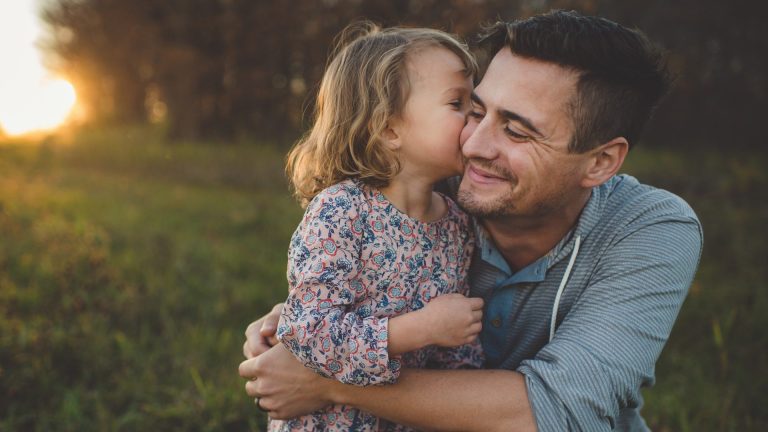Explaining Death to Children.
Death is a part of life, and sooner or later, children will encounter it in some form, whether it’s the loss of a pet or the passing of a loved one. As parents or caregivers, it’s our responsibility to help them understand this complex and sensitive topic. Explaining death to children requires a delicate balance of honesty, empathy, and age-appropriate information.
1. Choose the Right Time and Place:
Begin by finding a quiet and comfortable setting where you and your child can talk without interruptions. It’s essential to choose a time when both you and your child are calm and relaxed.
2. Use Simple and Age-Appropriate Language:
When explaining death to young children, use simple and clear language that matches their developmental level. Avoid euphemisms like “passed away” or “gone to sleep” as they can be confusing. Instead, use direct but gentle terms like “died” or “no longer alive.”
3. Be Honest and Clear:
Children appreciate honesty. When explaining death, be clear that it means the person or animal will not be coming back. You can say something like, “When someone dies, their body stops working, and they don’t feel pain anymore. It’s a part of life, and everyone goes through it someday.”
4. Use Analogy and Metaphors:
Metaphors and analogies can be helpful for children to grasp the concept of death. You can compare it to the end of a book or a flower that wilts and doesn’t bloom again. Analogies can make the idea of death more understandable for young minds.
5. Encourage Questions:
Let your child know that it’s okay to ask questions about death. Be prepared to answer their inquiries honestly and age-appropriately. Children’s questions may range from “Why did they die?” to “What happens after death?” Be patient and provide reassurance.
6. Share Your Feelings:
It’s important for children to understand that it’s okay to grieve and feel sad. Share your own feelings with them, as it can show them that it’s normal to have emotions about death. Let them see that it’s acceptable to cry, be angry, or feel confused.
7. Respect Individual Beliefs:
If your family has religious or spiritual beliefs about death, share them with your child if appropriate. However, also emphasize that people from different backgrounds may have different beliefs, and it’s essential to respect those differences.
8. Use Books and Stories:
There are many children’s books and stories that can help explain death in a gentle and age-appropriate way. Reading such books together can open up discussions and provide a comforting context.
9. Provide Reassurance:
Children may worry about their own safety or the safety of their loved ones after someone dies. Reassure them that you are there to take care of them, and emphasize the importance of the bonds they have with the people who are still alive.
10. Maintain Routine and Stability:
After a death in the family, try to maintain a sense of routine and stability in your child’s life. Consistency can provide comfort during a challenging time.
Explaining death to children is a sensitive and crucial task. By choosing the right time and place, using age-appropriate language, being honest and clear, and providing emotional support, you can help your child navigate this challenging topic with understanding and compassion. Remember that every child is unique, so tailor your approach to their individual needs and personality. Ultimately, the goal is to create an open and supportive environment where children feel safe expressing their emotions and asking questions about the inevitable part of life that is death.
If you think that you can benefit from professional support on this issue, you can reach out here.
Abigail Church is a Humanistic Integrative Counsellor who works with adults and children through counselling with Willingness. She can be contacted on abigail@willingness.com.mt or call us on 79291817.







